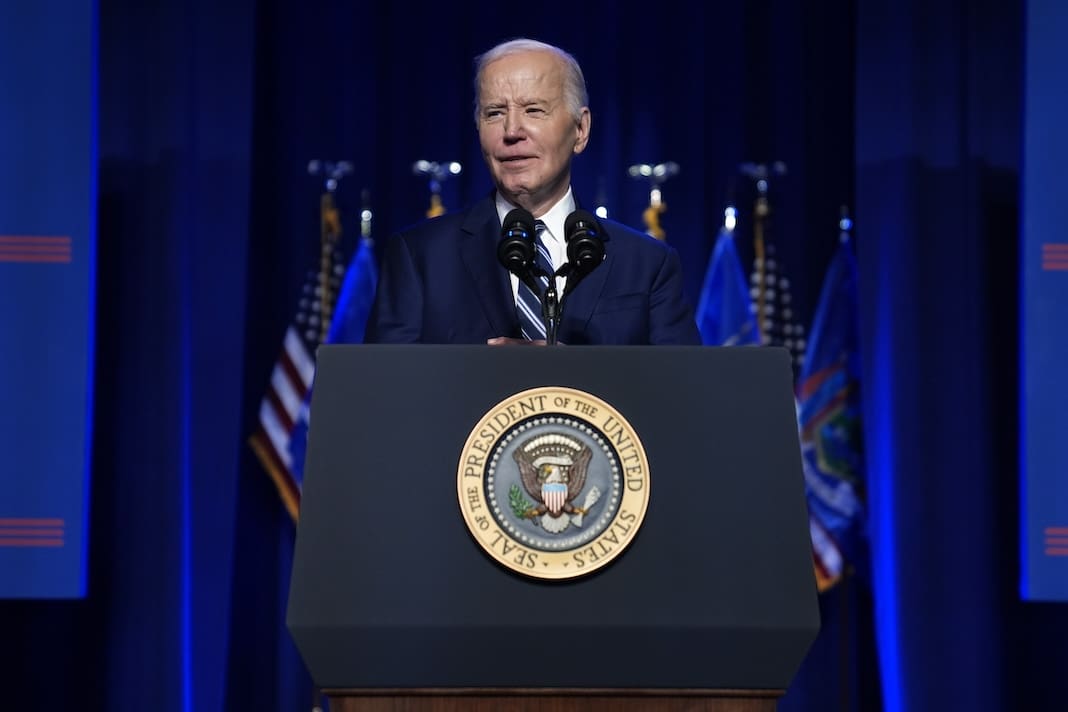Millions now qualify for overtime pay after Labor Department action
The Biden administration has finalized a rule that will make more workers eligible to receive overtime pay for working more than 40 hours a week.

The Department of Labor announced on April 24 that a federal rule expanding overtime payment eligibility protections had been finalized.
Beginning July 1, the new rule designates an annual salary of $43,888 as the threshold under which salaried employees will be eligible for overtime pay. The threshold will increase to $58,656 in 2025. Beginning in 2027, the threshold will be updated every three years based on wage data collected by the agency.
“Too often, lower-paid salaried workers are doing the same job as their hourly counterparts but are spending more time away from their families for no additional pay. That is unacceptable,” acting Labor Secretary Julie Su said in a statement. “The Biden-Harris administration is following through on our promise to raise the bar for workers who help lay the foundation for our economic prosperity.”
The progressive Economic Policy Institute estimates that workers will receive an additional $1.5 billion in annual pay after the new rule is implemented.
The action is a reversal of a policy decision made in 2019 by the administration of former President Donald Trump, which set the threshold under which workers could receive overtime pay at $35,568. The federal rule was instituted under Trump after a rule put in place under former President Barack Obama in 2016 had expired. If the Obama rule had been extended, the threshold would have been set at $47,476.
According to an analysis published in September 2019 by the EPI, Trump’s actions would deprive an estimated 8.2 million workers of overtime pay.
In June 2016, Wisconsin Republican U.S. Sen. Ron Johnson and 44 other Republican senators introduced legislation that would have blocked the Obama administration’s overtime rule.
“The department’s final rule released last week which more than doubles that salary threshold — from $23,660 to $47,476, will result in students facing higher tuition costs and workers having less flexibility and opportunity for advancement in the workplace,” Johnson’s office said in a statement.
But the workers rights advocacy group National Employment Law Project estimated in a 2018 report that 165,000 workers in Wisconsin would have been eligible for overtime pay after working 40 hours in a week under the Obama rule. The organization asserted that Wisconsin workers would have received $23 million in overtime raises.
A 2016 poll from Public Policy Polling found that 81% of likely voters in Wisconsin said they strongly or somewhat favored the overtime threshold increases included in the Obama policy.




